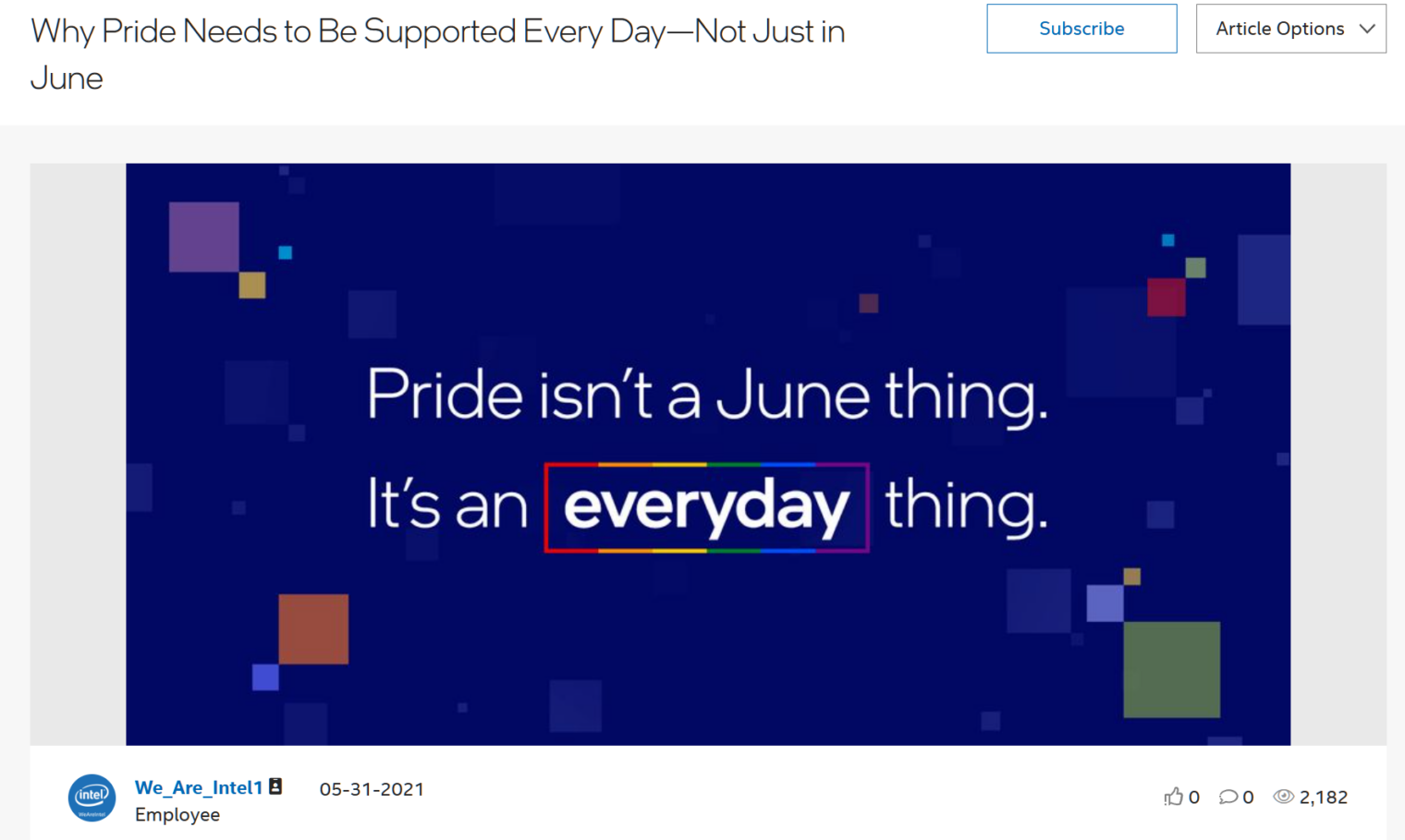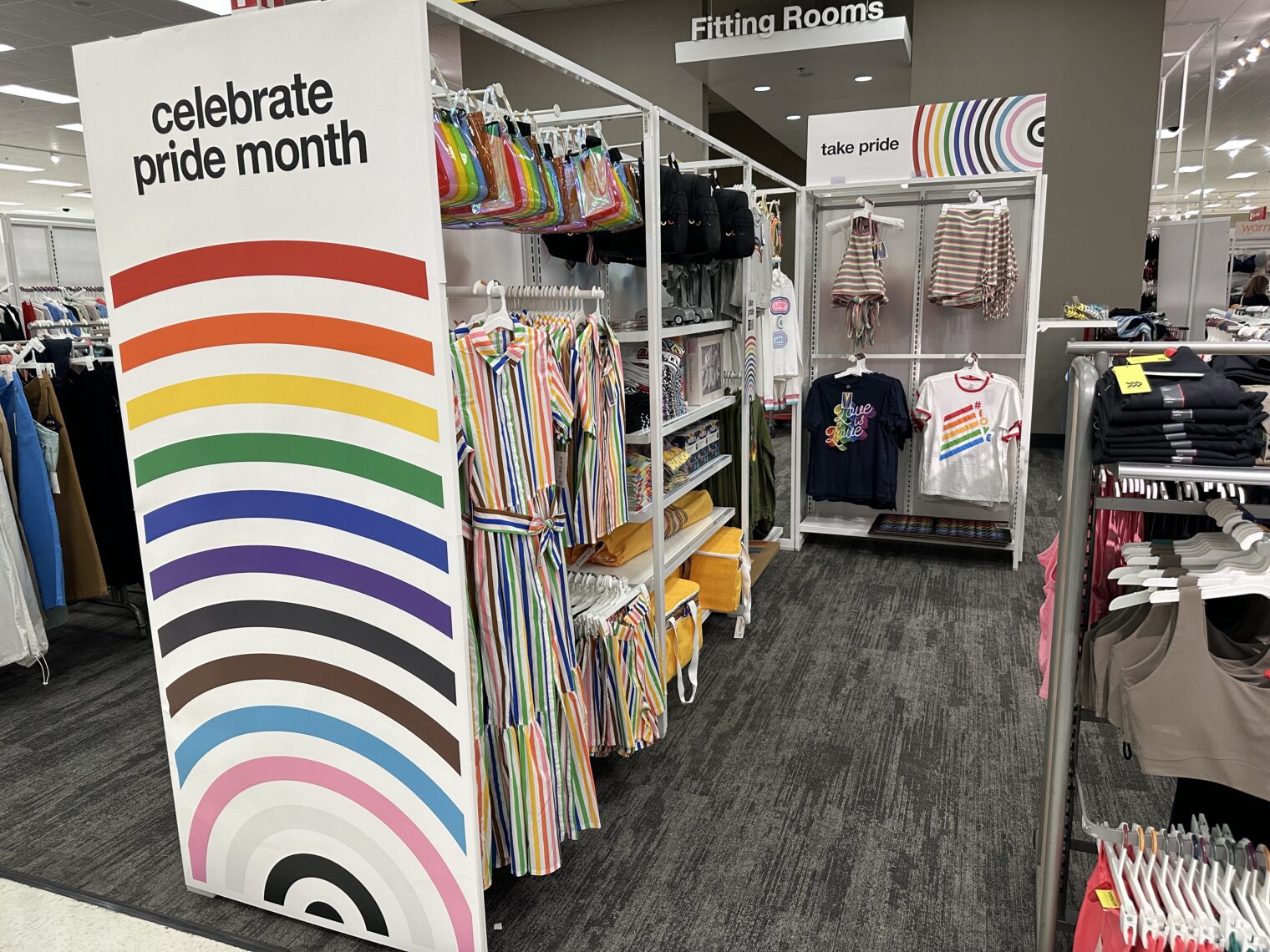Follow-up to American Factory, Taiwan edition
Happy Labor Day to those who celebrate by working!
Back in 2020, I covered Netflix: American Factory, a documentary of what happens when Chinese glass-making experts try to train Americans to be useful and also what happens to foreign investors when Democrat politicians circle the investment. In case you missed it, the New York Times ran an interesting follow-up to this movie: “What Works in Taiwan Doesn’t Always in Arizona, a Chipmaking Giant Learns” (August 8, 2024).
TSMC modeled its facility in Phoenix on one at home. But bringing the company’s complex manufacturing process to America has been a bigger challenge than it expected.
“We keep reminding ourselves that just because we are doing quite well in Taiwan doesn’t mean that we can actually bring the Taiwan practice here,” said Richard Liu, the director of employee communications and relations at the site.
In recent interviews, 12 TSMC employees, including executives, said culture clashes between Taiwanese managers and American workers had led to frustration on both sides. TSMC is known for its rigorous working conditions. It’s not uncommon for people to be called into work for emergencies in the middle of the night. In Phoenix, some American employees quit after disagreements over expectations boiled over, according to the employees, some of whom asked not to be named because they were not authorized to speak publicly.
While it was under construction, the company sent American engineers to Tainan for training and to shadow their Taiwanese counterparts, observing TSMC’s all-hands-on-deck way of working up close.
Jefferson Patz, an engineer fresh off a master’s degree from the University of California, San Diego, went to Tainan in 2021 for 18 months of training shortly after he joined the company.
“Oh, my gosh, people work hard,” Mr. Patz said. He recalled that this initial impression had given him a strong sense of what it took to succeed in the industry.
After returning to Arizona, Mr. Patz said, employees were expected to pitch in with work outside their job descriptions because construction of the facility was behind schedule.
This approach did not sit well with everyone. Workers were required to do whatever was needed to finish the most pressing job, he said. Some of the American workers also found it difficult to spend a long stretch of time in Taiwan.
TSMC should be able to make this work simply by paying $2 million/year to each worker in order to get smart conscientious people from among the U.S. population of 335 million (or maybe 350 million if we count the undocumented more accurately), but that could be a painful hit to profits! Let’s check out the labor pool in Taiwan vs. Arizona. World Population Review:
The same source gives an average IQ for Arizona of 98, substantially lower than Taiwan’s average of 106 (I question the use of 5 digits of precision, but maybe someone with a higher IQ than mine prepared the above table). American average IQ is falling, so the spread between AZ and Taiwan will only get worse.
How about conscientiousness, the willingness to show up to work every day and try to do every step of a procedure correctly? That’s heritable and the Americans with the highest fertility are those who barely work (source; the high fertility of those earning $300,000+/year can be ignored on a population-wide basis because there aren’t a lot of those parents).
Maybe it won’t matter for profits how ill-suited the average American worker is to working in a state-of-the-art fab because TSMC will be so stuffed with U.S. tax dollars that they can pay to get the workers they need.
Full post, including comments



























